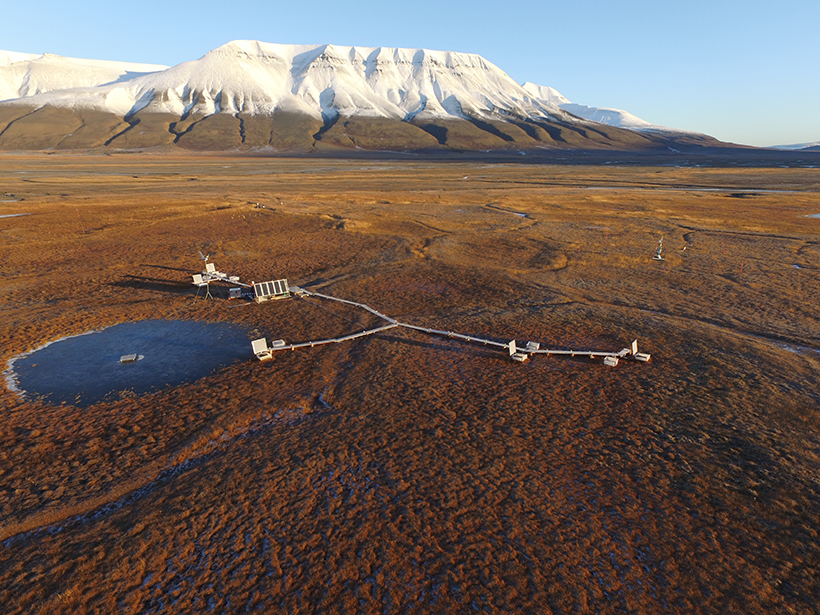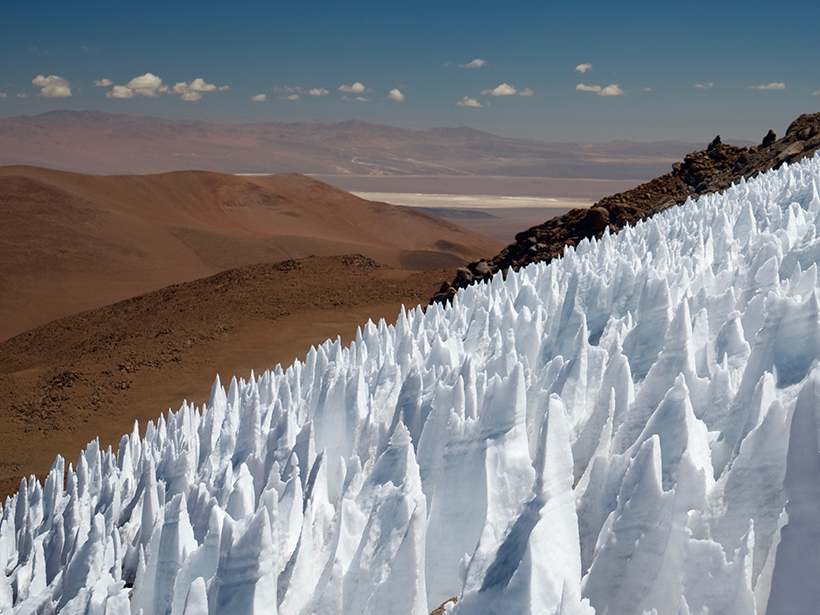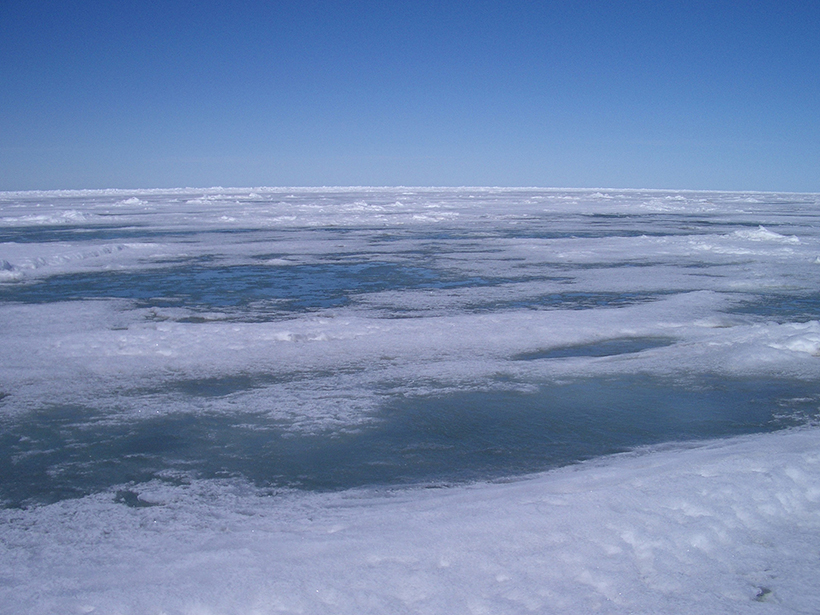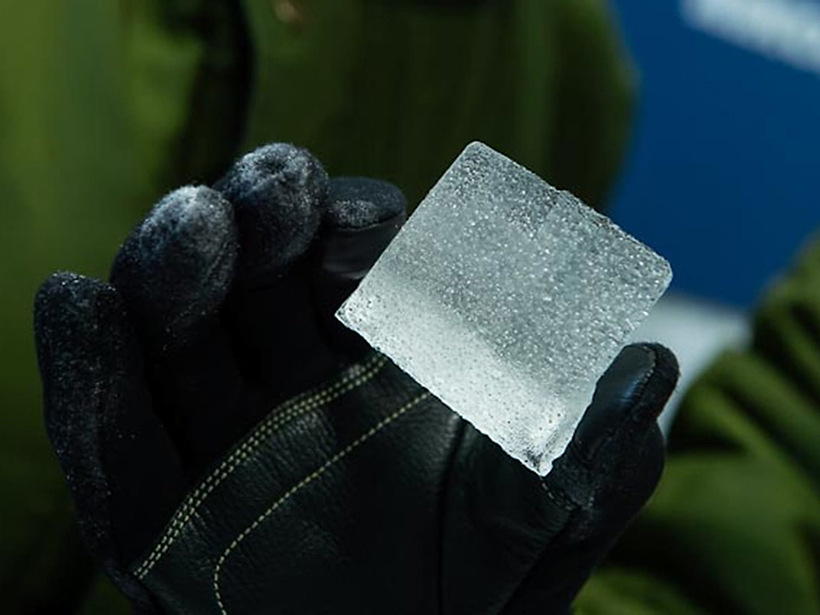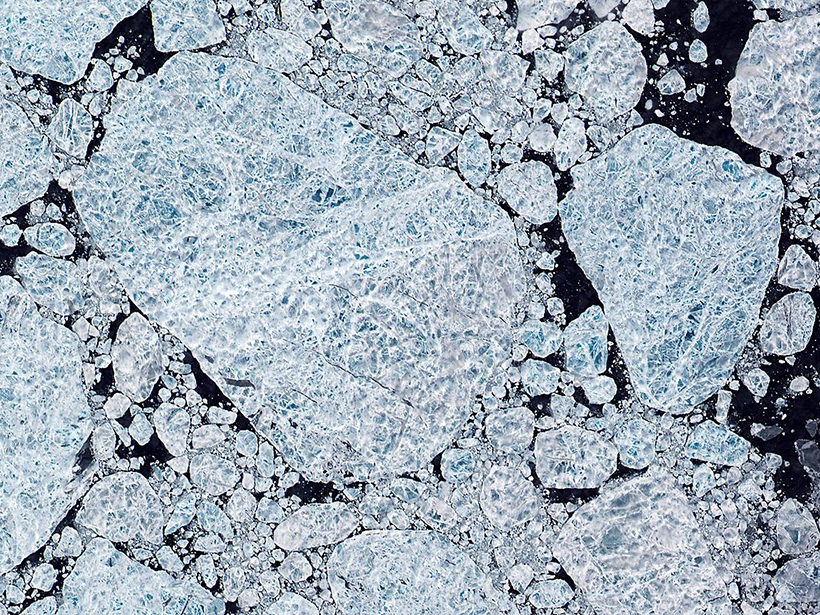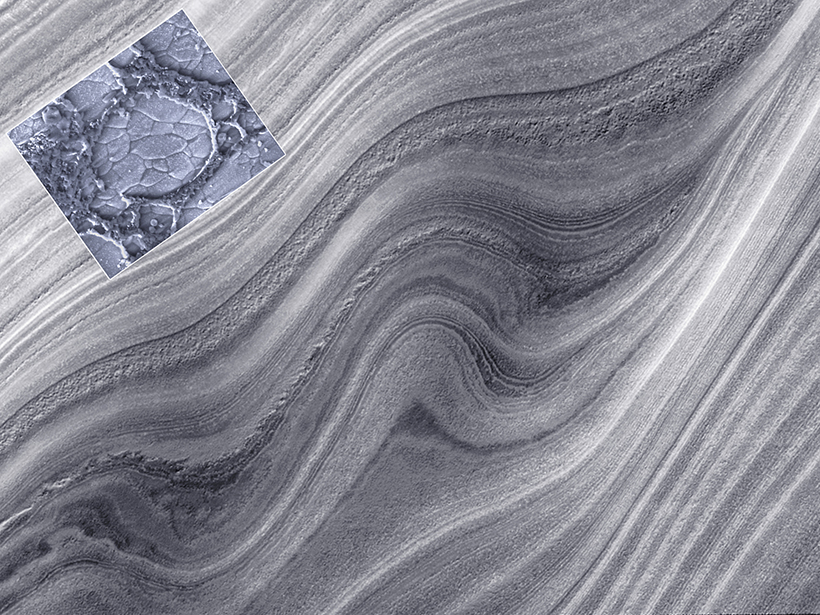The newly digitized data double the timescale of ice-penetrating radar monitoring in some of the fastest changing areas of Antarctica.
ice
Is the Northern Permafrost Zone a Source or a Sink for Carbon?
Thawing permafrost could release large amounts of carbon into the atmosphere, but finding out how much requires better collection and curation of data.
Microbes Spotted on Blades of Ice High in the Andes
Researchers discover microbial life on ice spires known as penitentes on the arid, sunlight-blasted upper reaches of Llullaillaco, one of the best earthly analogues for Mars.
A Nearly 100-Year-Old Physics Model Replicates Modern Arctic Ice Melt
The model was previously used to describe the behavior of ferromagnets in the presence of external magnetic fields.
How Ice Cores Are Helping to Track Preindustrial Ozone
Research helps allay concerns about discrepancies between atmospheric chemistry models and historical direct measurements.
Peeling Back the Layers of the Climate of Mars
A new study ties layers in the polar deposits of Mars to changes in climate driven by orbital variations, constraining accumulation rates and further deciphering the climate history of the Red Planet.
Ammonia Ice Deposits on Pluto Hint at Recent Cryovolcanism
This discovery is the latest in a growing stack of evidence pointing to the presence of an ammonia-rich water ocean beneath Pluto’s icy crust.
Strong Winds Leave Arctic Regions on Thin Ice
A warming event in Siberia caused winds to strip sea ice from the Arctic’s Wandel Sea.
How Do Intergranular Particles Affect the Flow of Ice?
Laboratory experiments that indicate rock particles can impede sliding along grain boundaries in ice may help researchers more accurately determine the composition of planetary ice masses.
How Long Can Celestial Bodies Retain Ice?
A new model suggests that many objects in the outer asteroid belt may still harbor deposits that formed around the time of their accretion.


